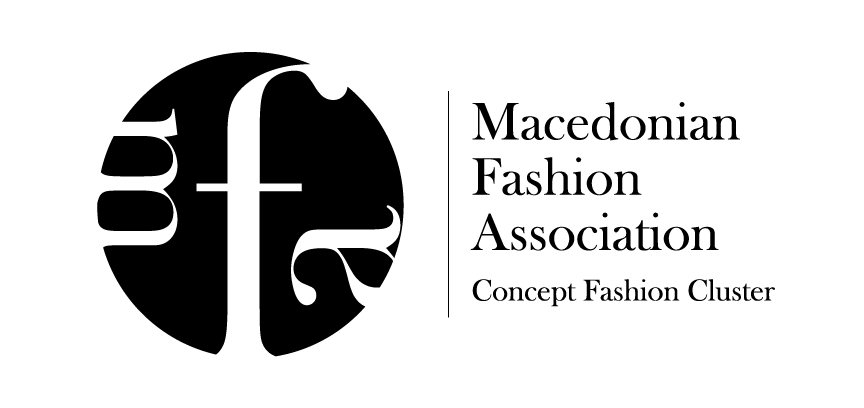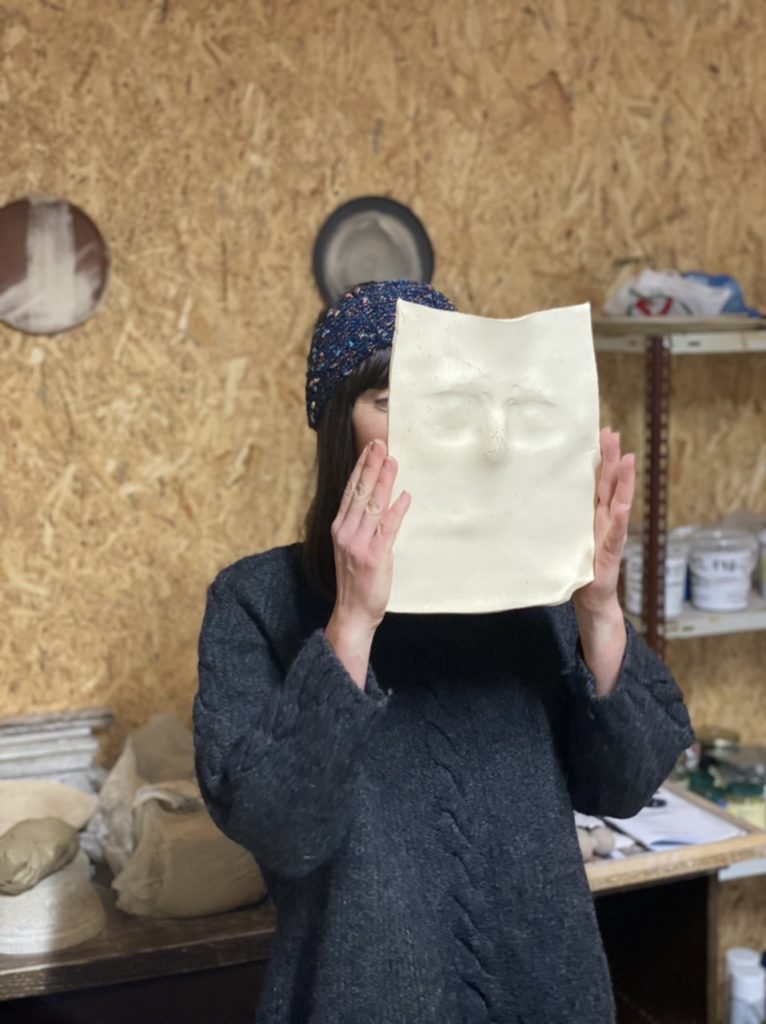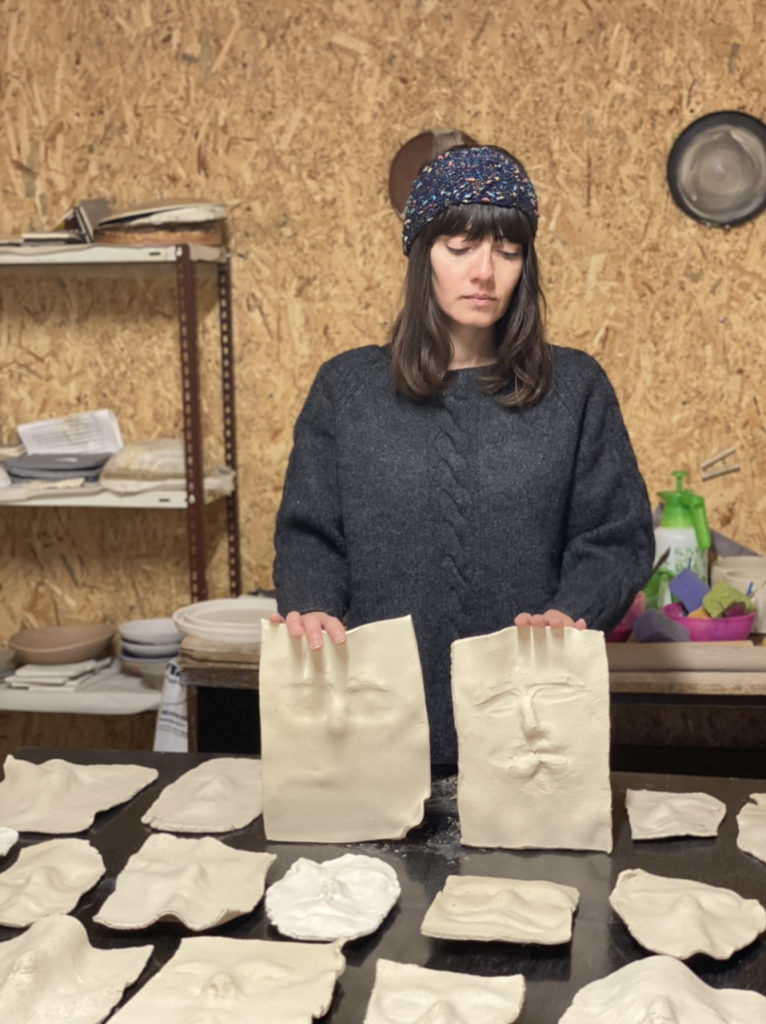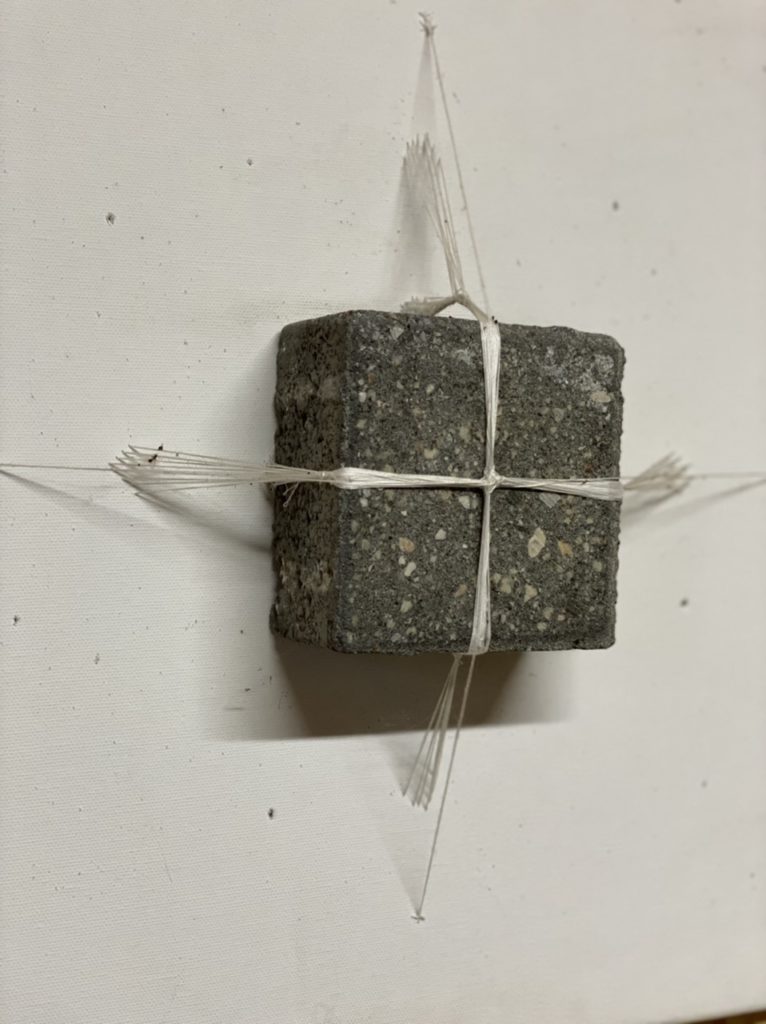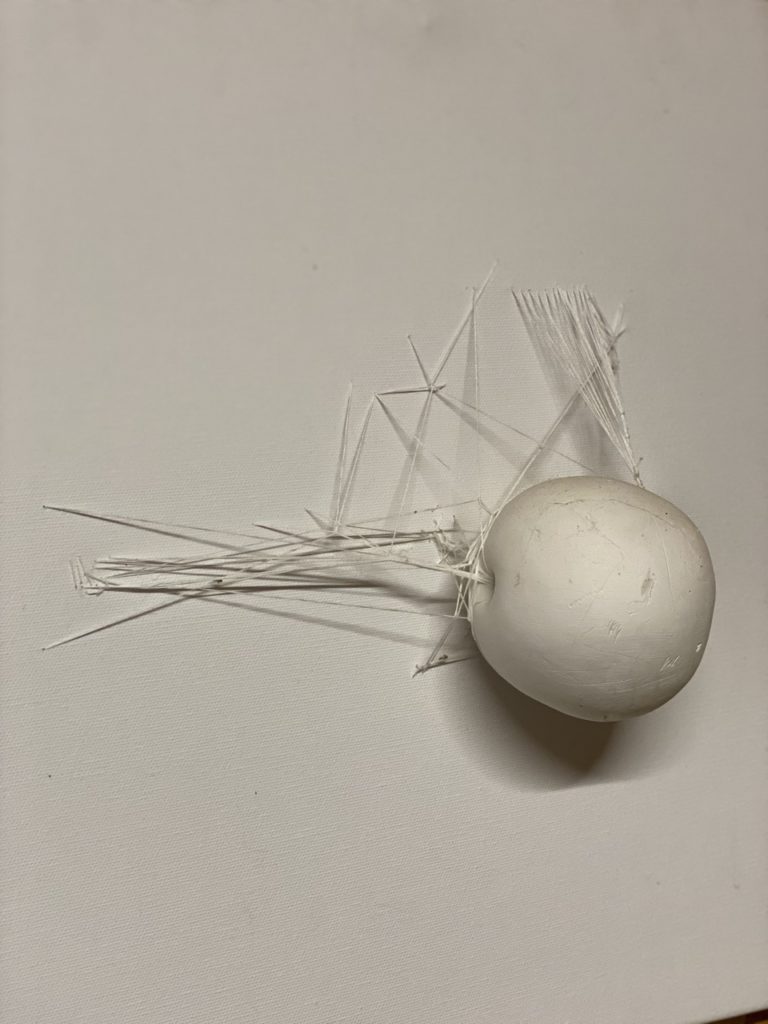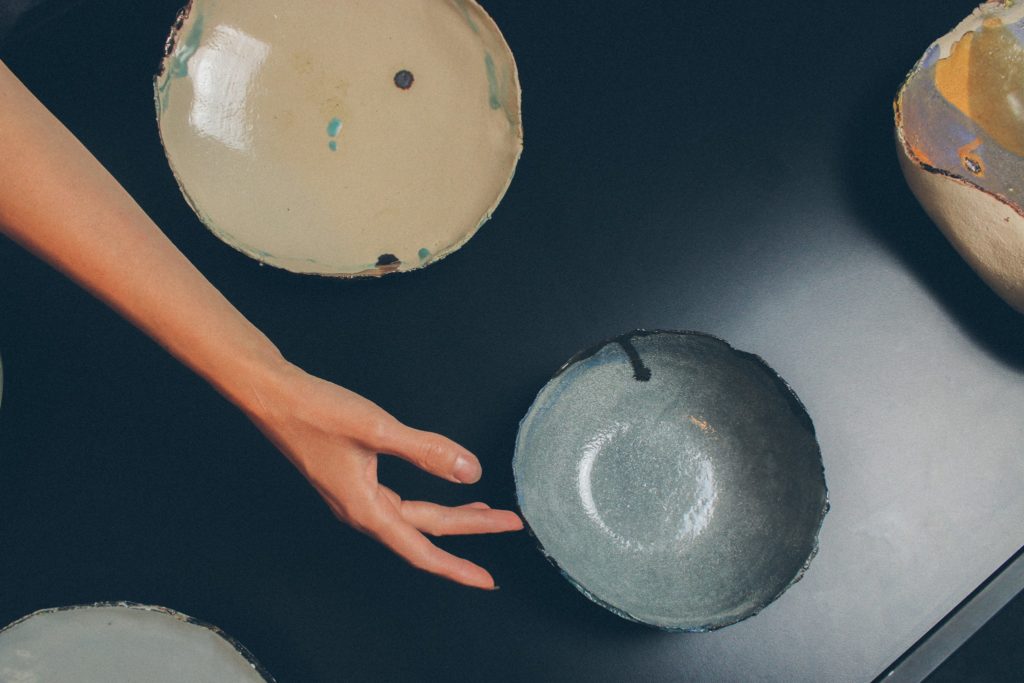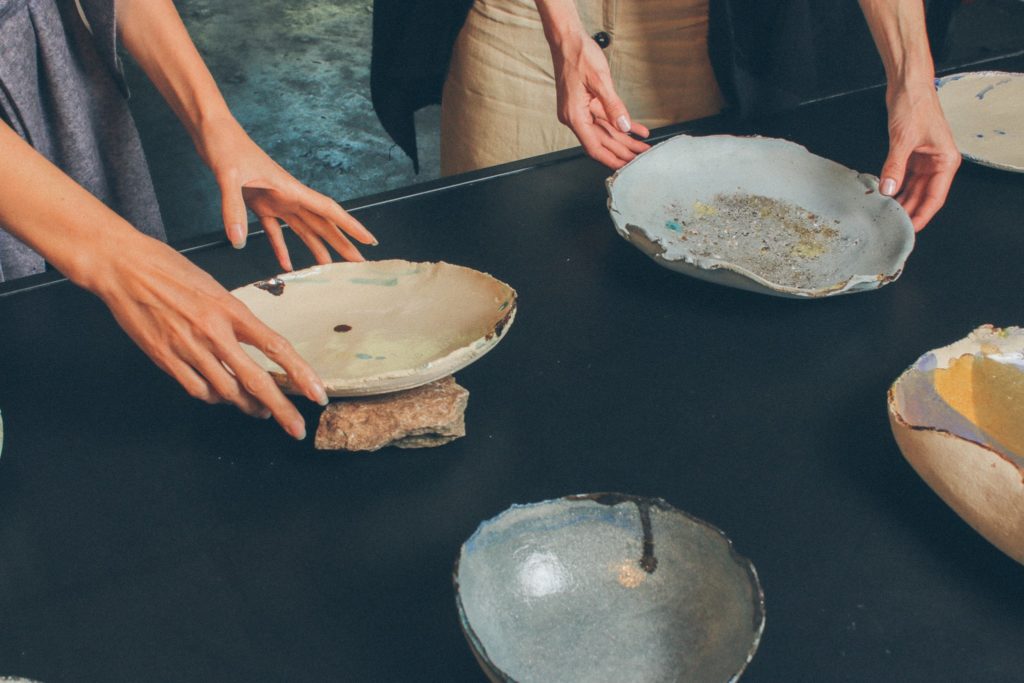Aneta Popova (37) is an architect, ceramicist and a poet. She was born in Skopje. She lives in Skopje. And she creates in Skopje. She is not a type of person that likes to quote others, if she did not go through and experience things in life first. However, there is a sentence by the Catalan sculptor Corbero in which she completely finds herself. What she creates must have some poetic and even lyrical thread.
We paid a visit to her studio in Matka, while she was making a plate from soft terracotta clay, which after firing got the recognizable red color. Her creative corner is like a mini gallery with clay artworks she made herself. Hence, a series of questions arose, the answers to which will reveal the essence of the Macedonian contemporary ceramics, seen through the prism of the founder of Lipa Ceramics.
- Who is Aneta Popova and what is Lipa Ceramics?
I find it a bit difficult to put myself in a specific category. I would say that what defines me and determines my contours is multimedia and conceptual. I like to try, to combine and to make sublimation of several different fields, industries and arts. Lipa Ceramics is just one part of it all. And it refers to functional ceramics. My introduction to ceramics actually started with Lipa Ceramics.
- What inspired you to step into the world of ceramics?
My ceramic practice began with making plates. At first very naive. I simply love beautiful plates. And I like to experiment with the shape of the plates. To me, the plate is more than an object. It has its own philosophy, which you should approach. Apart from its functional purpose, it can also represent something else. It can be a sculpture in space. You can express yourself in your own way through it.
- What is the beauty of contemporary ceramics as a craft?
The beauty can be foreseen in the many possibilities when it comes to combining materials. Depending on how you personally want to engage in the craft, there are opportunities for many different experiments. That is exciting and interesting for me, because it is related to the power of transformation. It’s something that binds me to pottery. That I am constantly witnessing how things are transformed. In a way, it meets some need of mine, to be born again and again.
- How does it feel to work with clay as a material?
Working with clay is really calming. It brings you into its world. And in the spiral along which the clay spins itself. Clay is alive as a material. Everything that you manifest as energy, as feeling and thought, later on is reflected directly on the material itself.
- Who are your ceramic products made for?
Part of what I create is functional ceramics. Something that can be used in everyday life. And the other part is something a little more abstract and more poetic. What connects the two is some kind of minimalism. I want my creations to be clearly understandable and recognizable. Easy to feel and read. I do not draw on ceramics. At least for now. It’s not challenging me at the moment.
- What is on the backside of the ceramic masks with your face?
I created a total of forty-four masks during quarantine last spring. It all started unexpectedly and I thought it would end after the first few days. However, every day spent at home, no matter how monotonous it seemed to us, made me realize that it also brings something new in a way. Mostly in our inner world. That’s how each subsequent imprint of my face was different from the previous one. All masks are white, but differently white. The structure and size are different. The energy is different. Each mask has its own personal character.
- What is the message that can be read through your aesthetics?
I don’t like perfect shapes. I don’t want perfection. Although, yes, I do admire something that came close enough. However, when I work, I tend to shift things a little from their axis. To cause some collision or crack or scratch. Whatever it is that will actually show that clash or touch with life and life energy.
- Is there any formula for success in this profession?
Ceramics is a complex activity. It is also a science. And art. And craft. If you want to make progress and use as much as possible of its potential, then you have to invest and work constantly. I am glad that through my personal engagement, I have a chance to get closer and see what the attitude of the world towards ceramics is. Hence I try myself as well in directions that may have seemed inaccessible to me before.
- What is your ceramic challenge in the future?
I am interested in the material texture and structure. In the upcoming period I want to dedicate myself utmost to making and experimenting with glazes, thus achieving different effects. Not in terms of ceramics appearance. More like skin on ceramics. As a feeling and a touch.
- What advice would you give to young people who are yet to follow in your footsteps?
The interest to start something new, something of your own or to learn a craft is growing. My advice to young craftsmen and those who want to learn a craft is that they need to be persistent and dedicated. Persistence, dedication and patience are especially important in creating ceramics. Those three principles in their own simple way carry us further on the path we have chosen.
Author: Milan Atanasov Photo: Sveta Bogova Jovanovska
